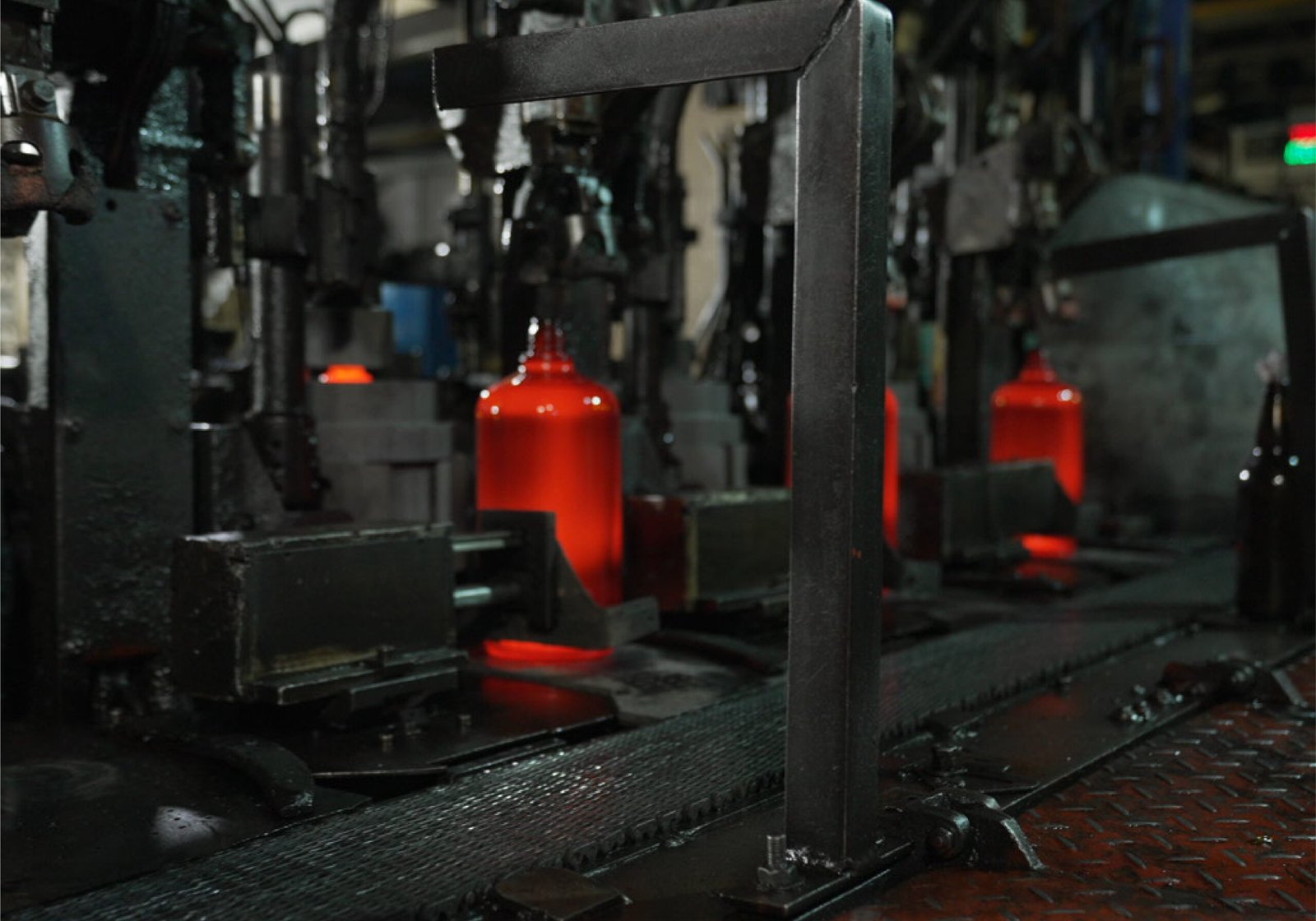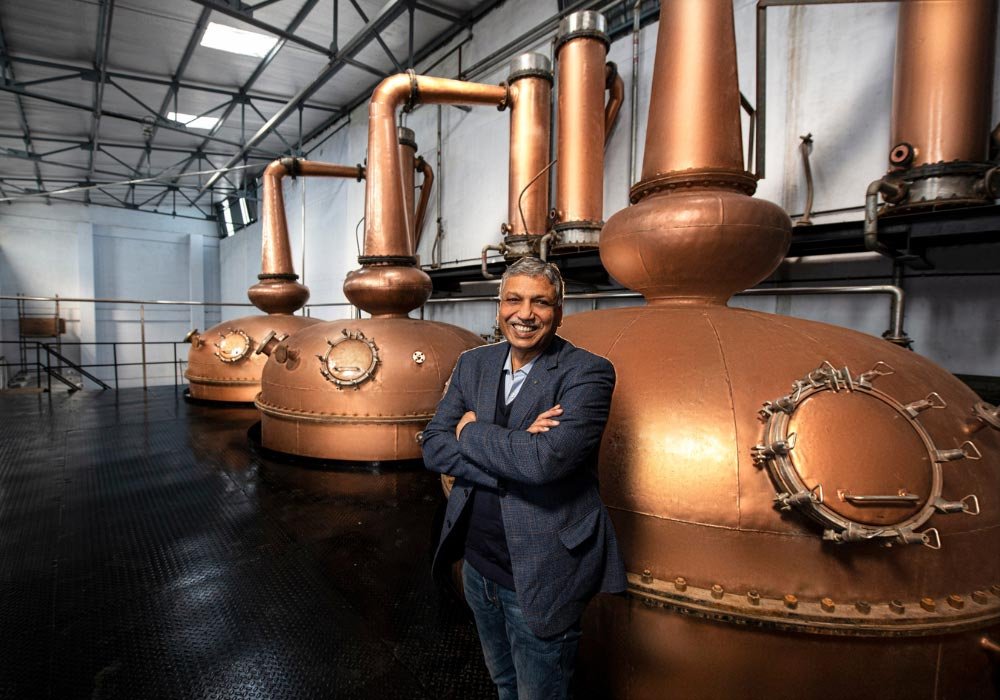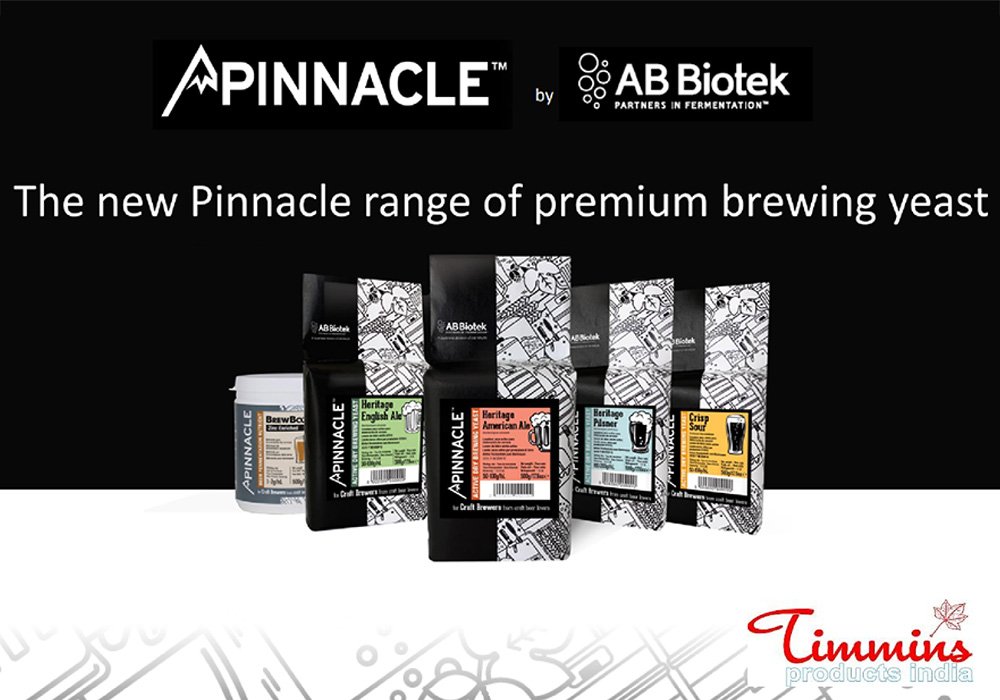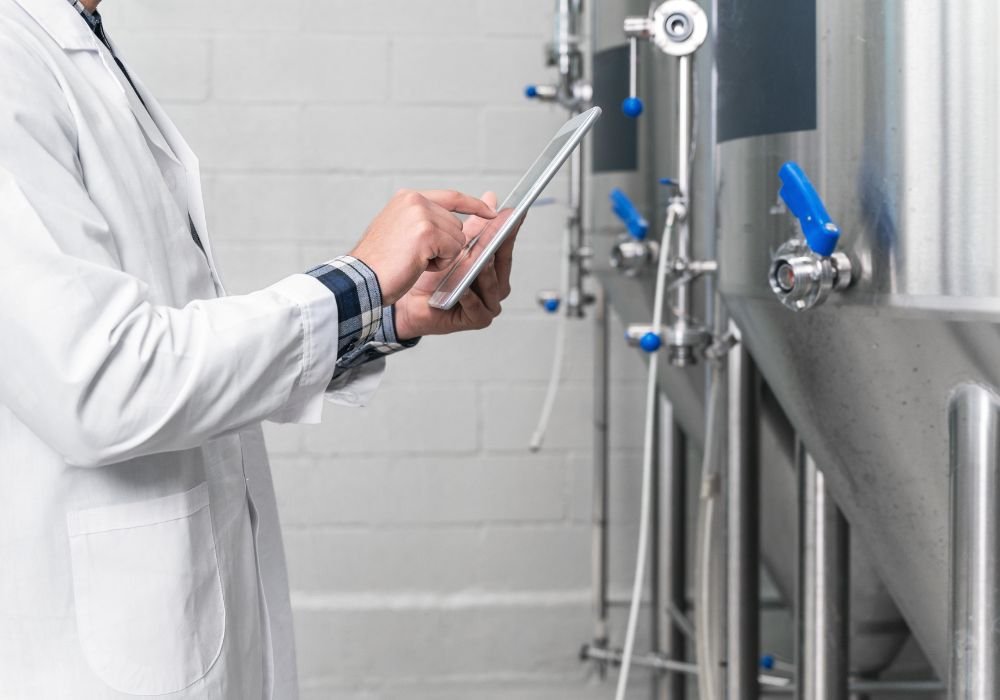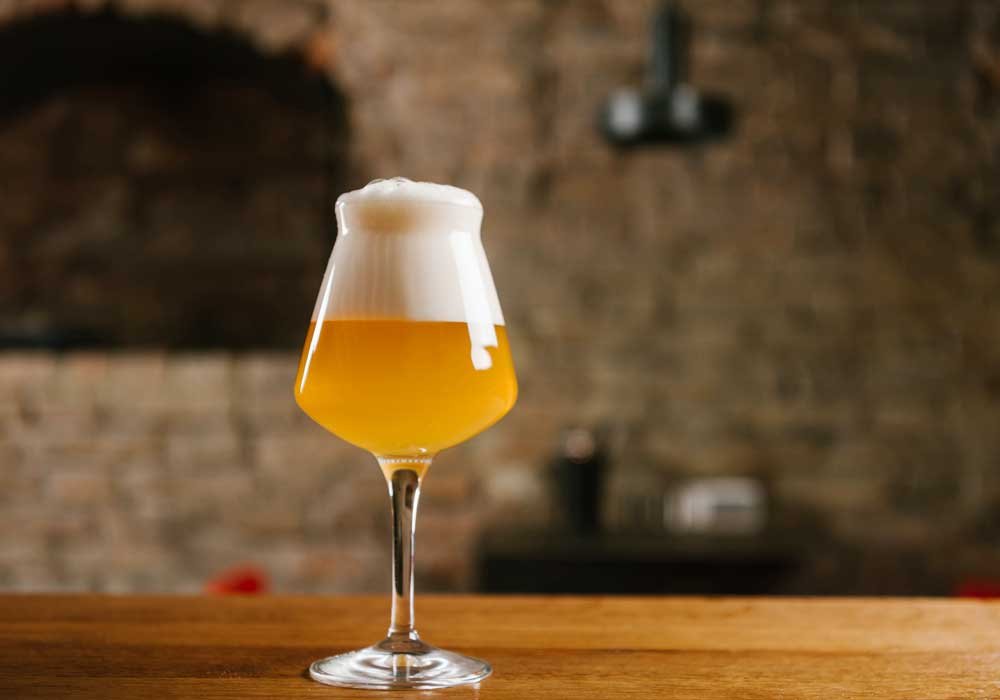
Call it as you see it, foam, head, collar or a kraüsen on top of your beer, it is something that is impossible to not notice. But do you know what exactly a beer foam consists of and what could be its importance? Well, we’ve given our low down and science behind the curtain. Let’s find out, shall we?
Science Of Beer Foam
Beer head is extremely essential for pouring a perfect pint to bring out the complexity and other flavour parameters. When beer foams up, it consists of minuscule bubbles which are clubbed together and float towards the rim of a glassware. These are caused due to a phenomenon known as nucleation where the molecules are agitated thus releasing CO2 throughout the drinking experience. Although the physics of nucleation still remains uncertain, it is often understood that beer foam has a large group of polypeptides, proteins and other compounds clumped together to act individually as foam positive agents.
[caption id="attachment_22215" align="aligncenter" width="1000"] Beer foam consists of proteins and polypeptides bonded together[/caption]
Beer foam consists of proteins and polypeptides bonded together[/caption]
Some of the proteins found in barley grains such as Lipid Transfer Protein (LTP1) are highly insoluble in water and therefore they escape by bonding with a CO2 bubble. Therefore, all the CO2 bubbles which rise up have a mixture of these compounds along with hop derived polypeptides and have a higher rate of hydrophobicity.
In addition to this, there are several other factors as to why a beer foam is different from one beer style to another and how does it change its texture and head retention based upon the style.
How Does Foam Contribute To Flavour
A beer tastes different based upon the pouring style. When a beer is served with an adequate amount of froth over it, it carries a bouquet of aromas along with some flavour compounds tagged along. The foam can taste bitter, creamy, fluffy, spicy or softening. This is due to the physical perception of our senses.
[caption id="attachment_22216" align="aligncenter" width="1000"]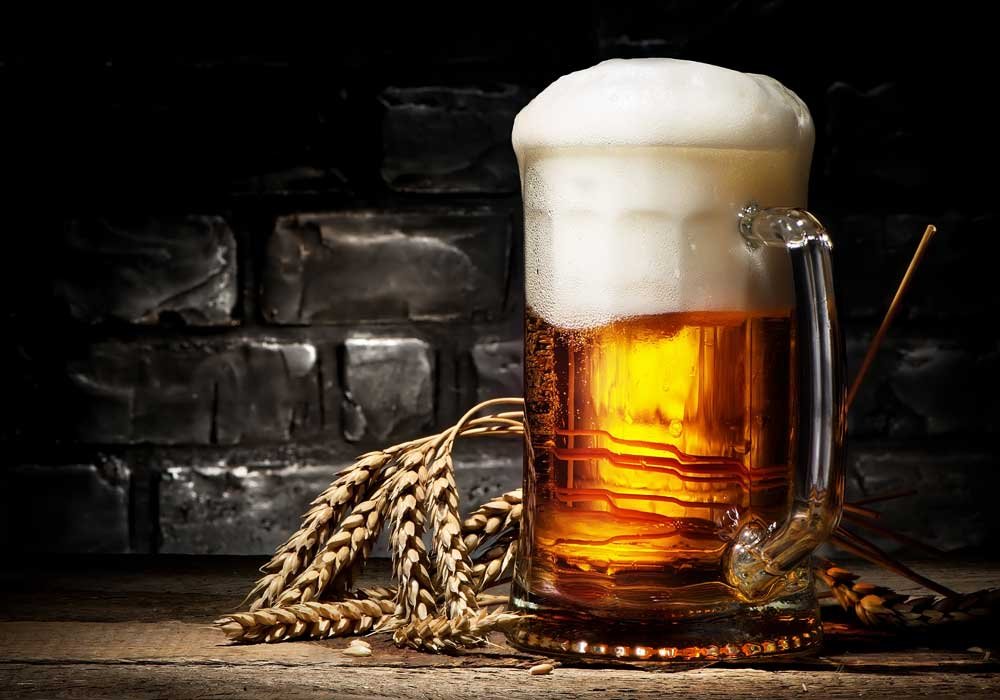 Ingredients such as barley grains, hops and yeast contribute to the beer head[/caption]
Ingredients such as barley grains, hops and yeast contribute to the beer head[/caption]
Foam brings up all the odour compounds right on top of the surface to unwind a full array of flavours. Gas (CO2 or N2), bitter compounds, pH, alcohol and other foam-positive proteins contribute immensely to the beer head.
Apart from everything we’ve said, a beer clean glass is very important to maintain the foam stability. Things like dirt, grime, grease or cleaning agent residue can kill the foam almost instantaneously. Temperature is another crucial factor. It affects the uniformity of a bubble and the overall mouthfeel of a beer. It is always recommended to serve a beer at its recommended style temperature.




